Michigan insects in the garden – Week 3: Assassin bugs
A closer look at the little green bugs in your garden will tell you if they are friend or foe.

Assassin bugs belong to the insect order Hemiptera, which includes many insects both good and bad in our gardens. All the Hemiptera share one characteristic, a mouthpart designed to penetrate surfaces and feed on liquid foods. In the plant-feeding Hemiptera (e.g., aphids), this mouthpart is long and delicate enough to penetrate deep into plant tissues and extract carbohydrate-rich sap. In the assassin bugs (Family: Reduviidae), the mouthpart is short and stout, allowing it to penetrate the tough exoskeletons of other insects.
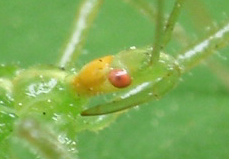
Once it has penetrated the prey’s exoskeleton, the mouthpart injects toxic saliva to break down the internal organs and other tissues of the victim. Finally, as though it were a tiny juice box, the assassin bug sucks the contents from the prey insect’s body.
There are many different kinds of assassin bugs in Michigan, but one of the most commonly encountered in our yards and gardens is the tiny green immature (nymph) stage of those in the genus Zelus. The nymph stage of Zelus sp. is the overwintering stage, so you might encounter them in the springtime as well as in the fall. They could be easily mistaken for some plant-feeding insects such as the nymph stage of a katydid (Orthoptera: Tettigoniidae).
However, assassin bugs are not feeding on the plants in the garden, rather they are helping out with pest control, so you would be wise to let them continue on its way if you come across one in your garden. The adult Zelus and the egg masses are less commonly encountered but will be present mid-summer in Michigan.
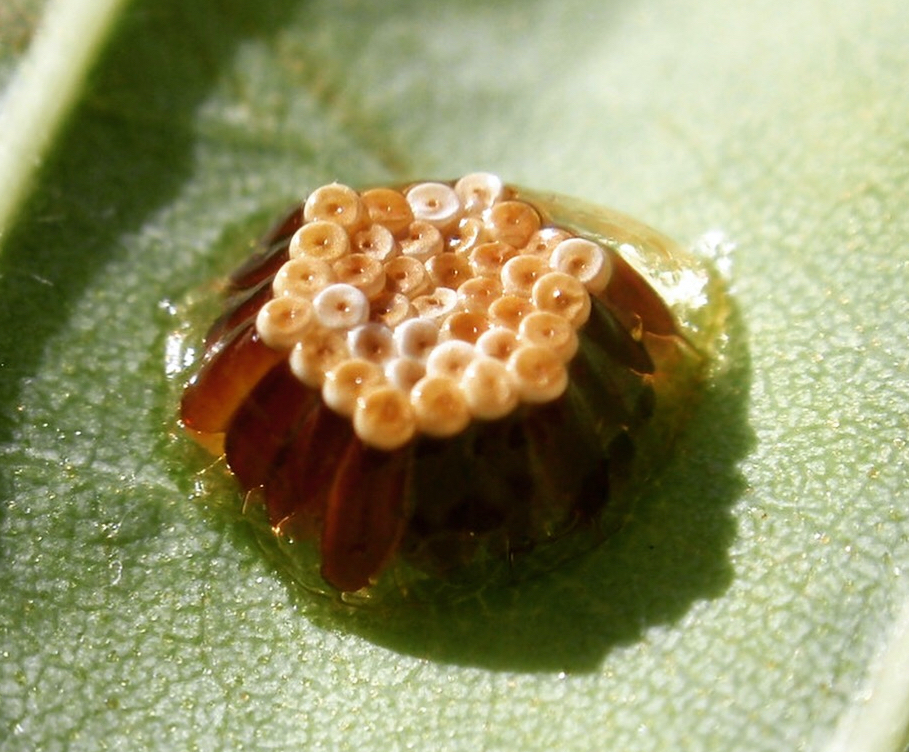
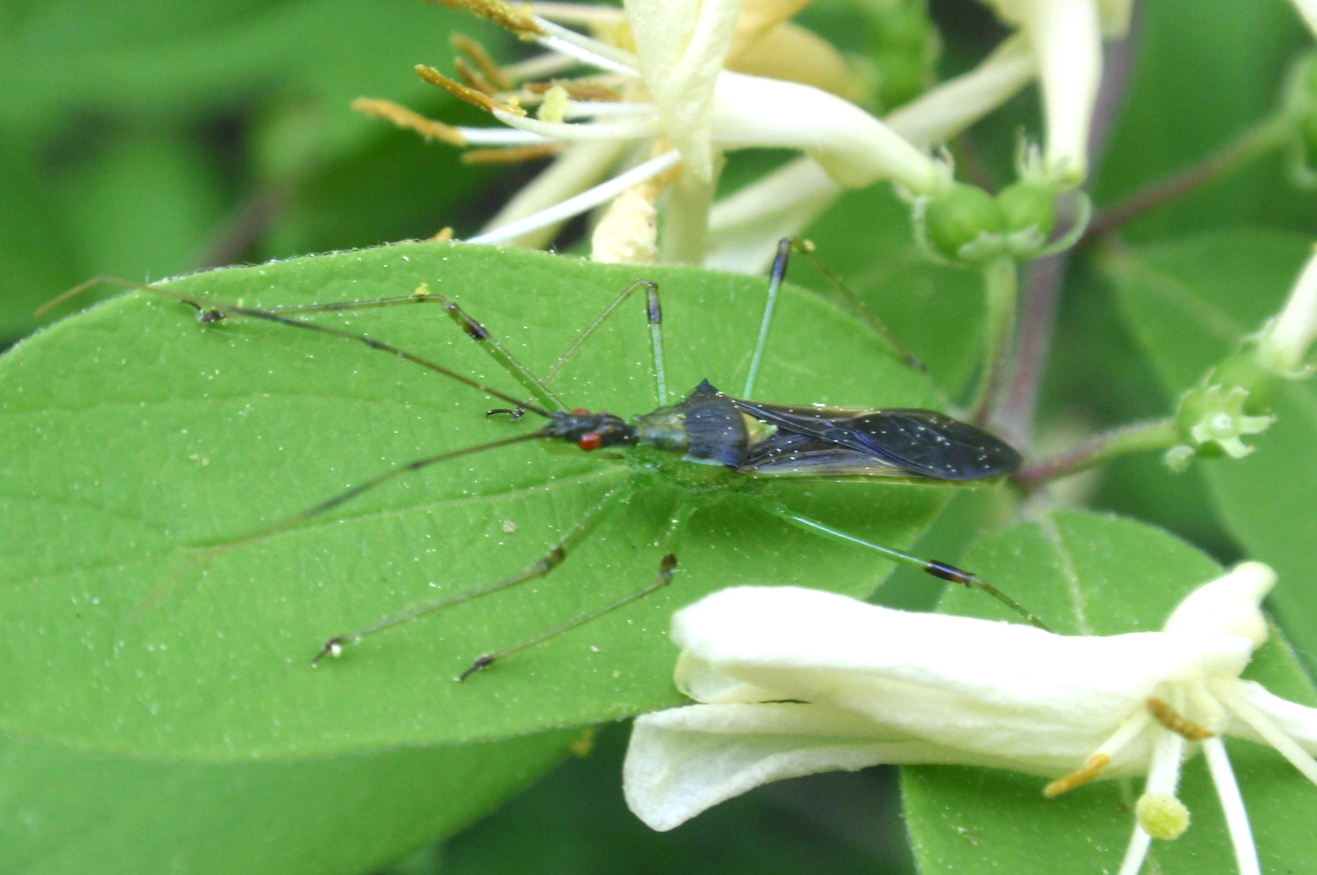
Two other common Michigan insects in the assassin bug family (Reduviidae) are the ambush bugs (Phymata spp.) and the masked hunter (Reduvius personatus). It takes a sharp eye to spot them, but ambush bugs are quite common residents of the inflorescences of plants in the family Asteraceae such as Joe-pye weed (Eupatorium sp.) and goldenrod (Solidago sp.). Unfortunately, these masters of camouflage are not choosy in their choice of flower-visiting prey and are just as likely to skewer a native bee as they are a pest insect with their deadly mouthpart.
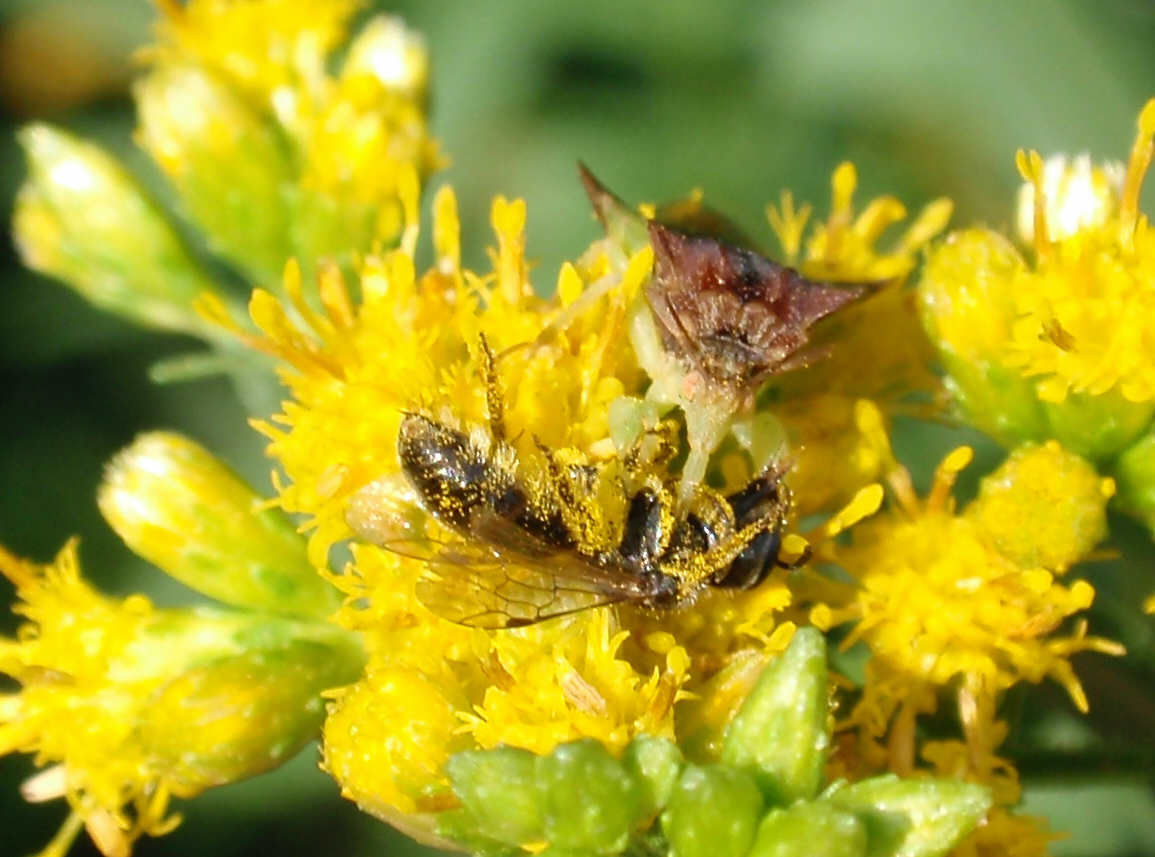
The masked hunter is not a garden resident. This helpful houseguest eats small insects in and around our human dwellings. They hunt nocturnally and will often go unnoticed. However, if you do encounter one, it would be best to handle it with care. The mouthpart of all assassin bugs are just as capable of penetrating human skin as they are an insect exoskeleton, and they are not afraid to use it in self-defense. You can learn more about masked hunters and other common household insects from Michigan State University Extension by visiting the Insects and Arthropods section of the MSU Plant & Pest Diagnostics website.
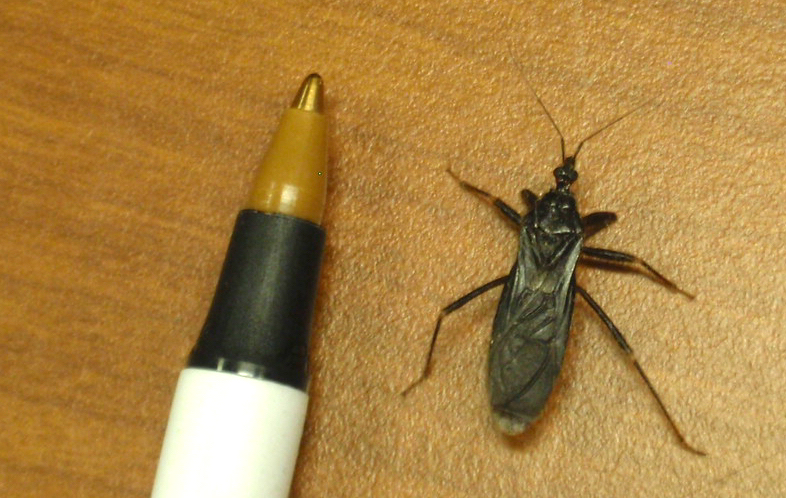



 Print
Print Email
Email





